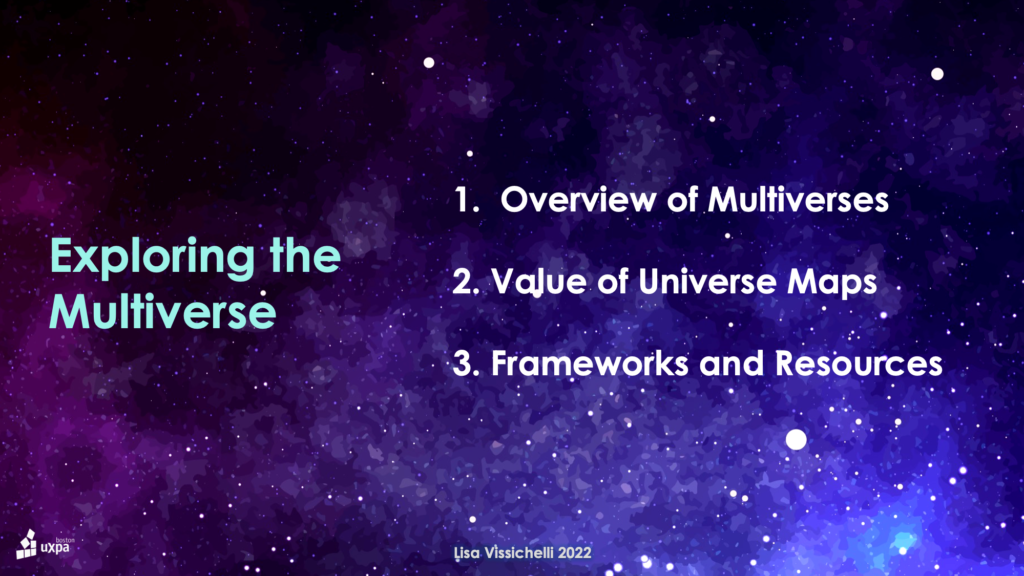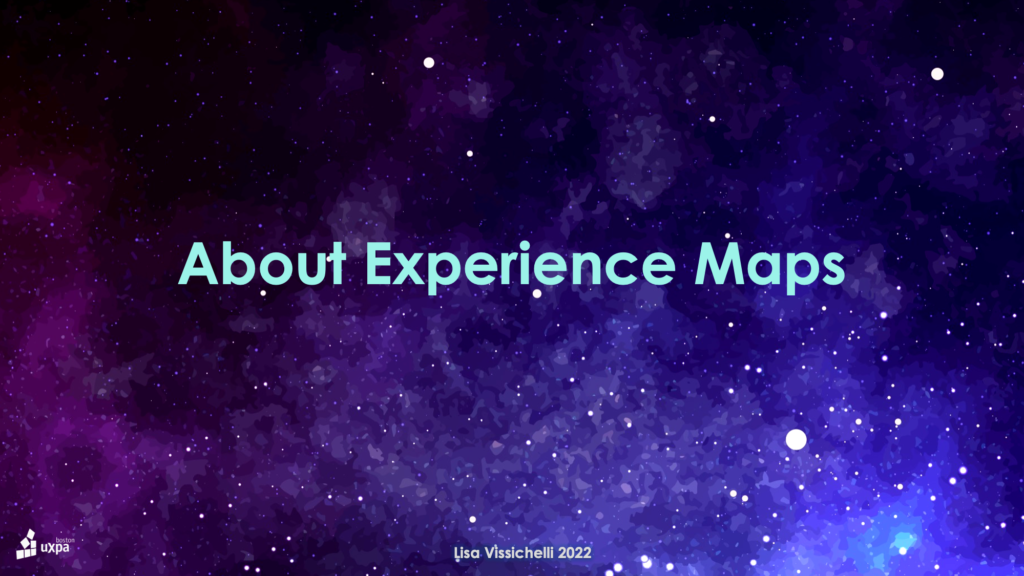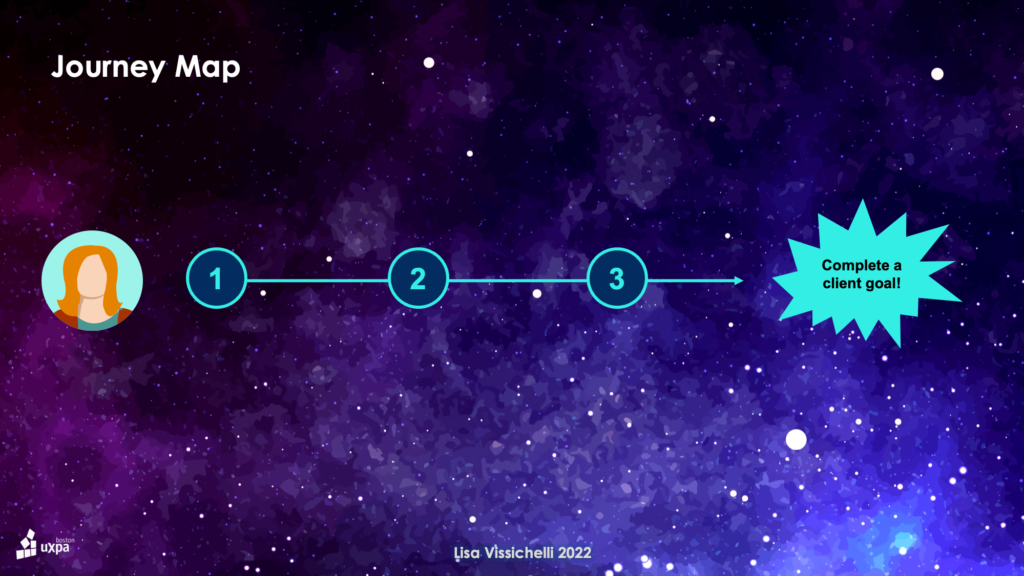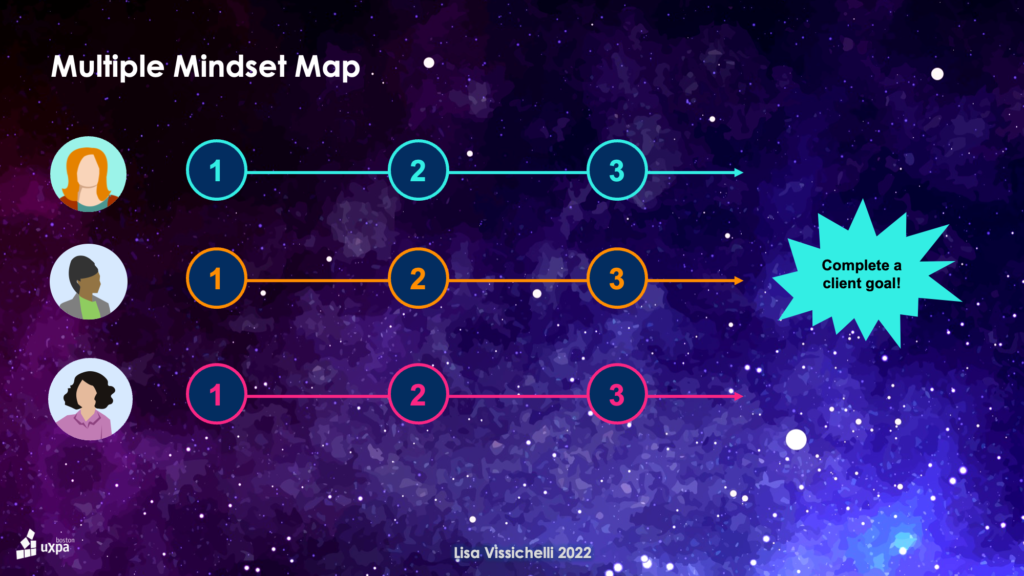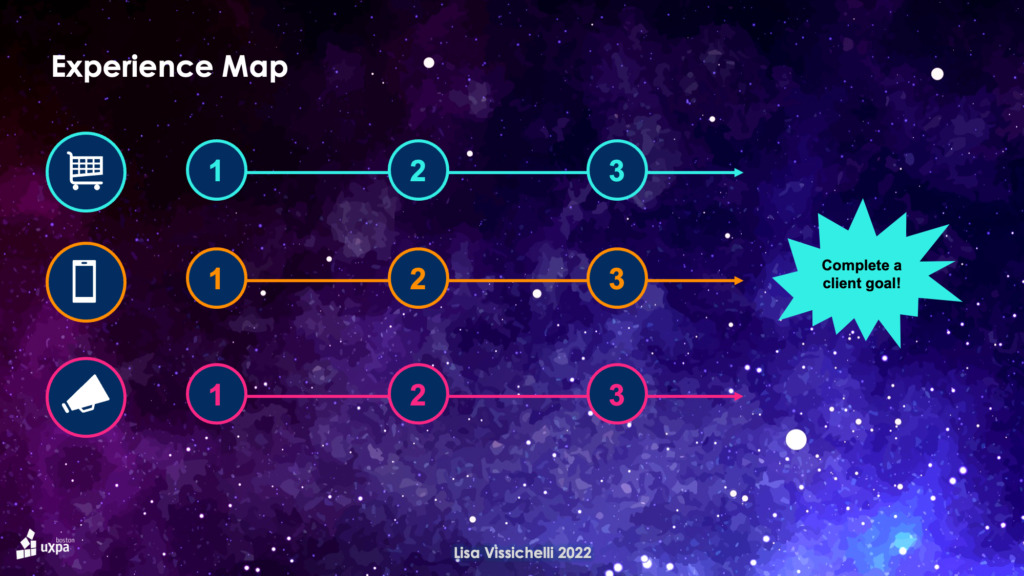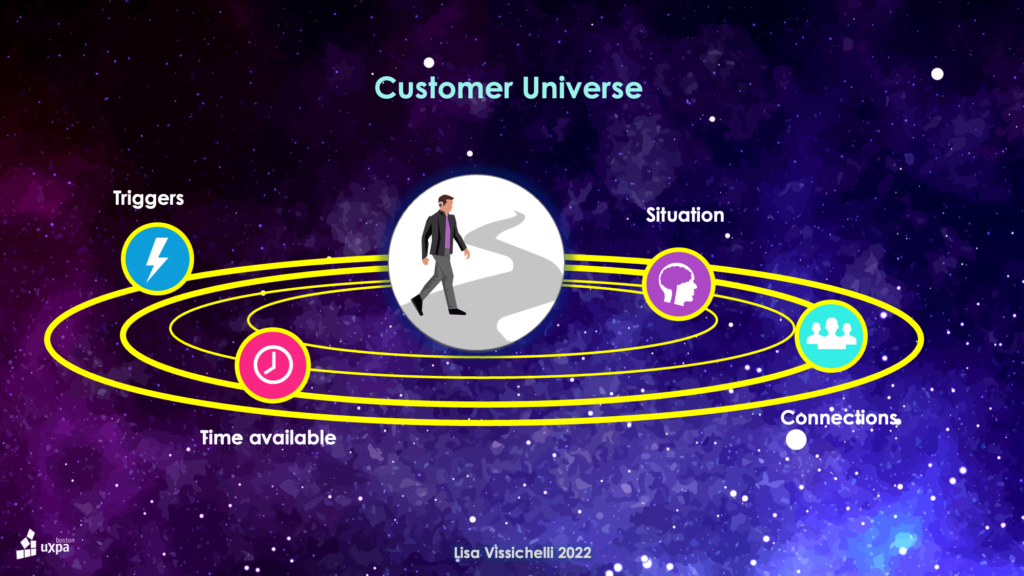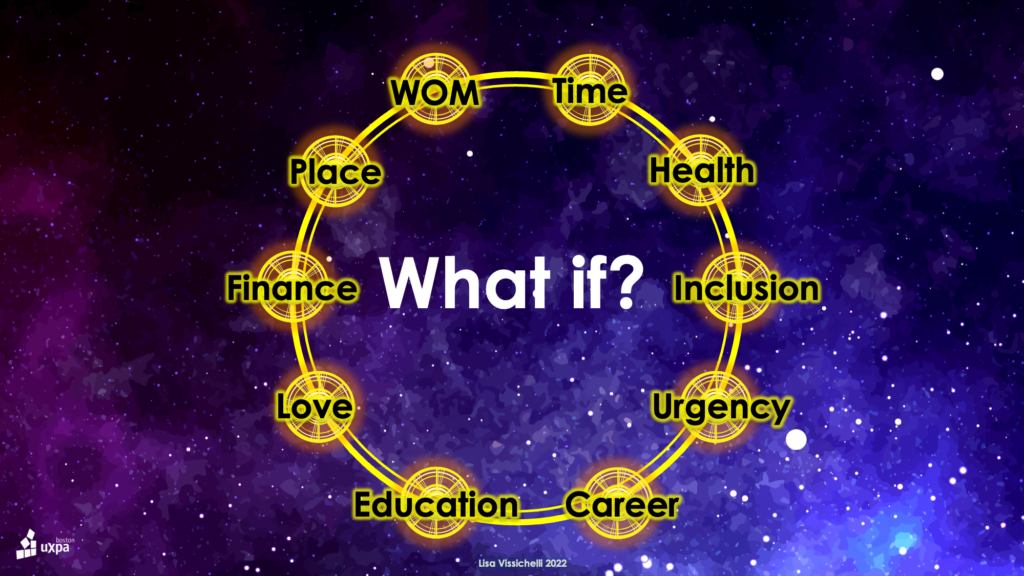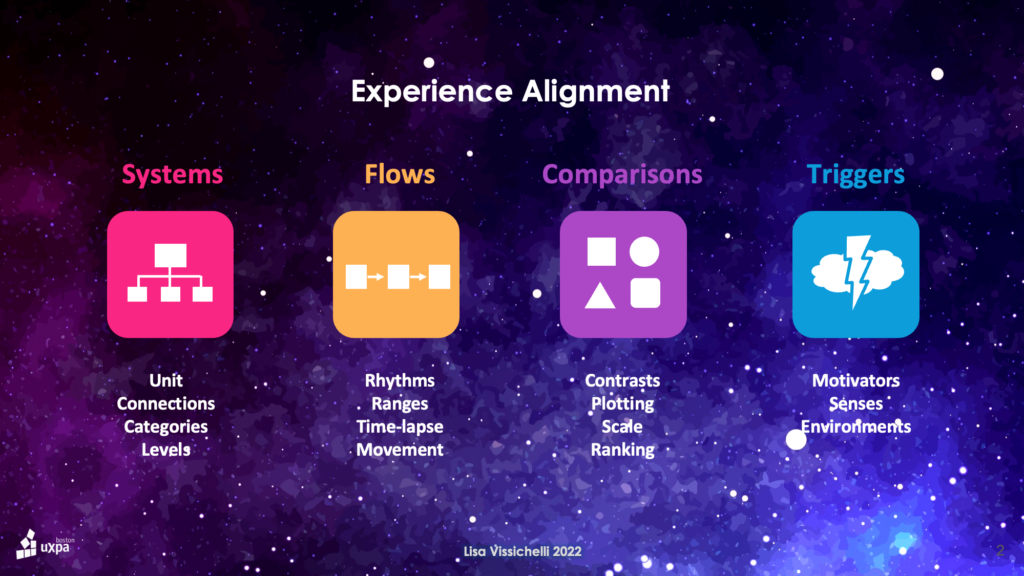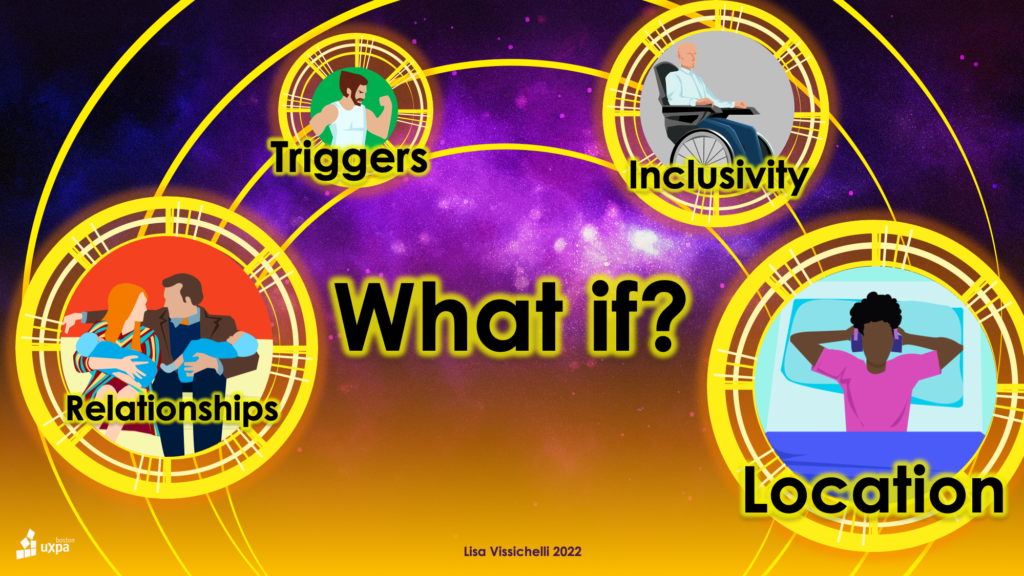For the first time since 2019, UXPA Boston has returned in person! The event was well organized at the Sheraton Boston and featured industry speakers including Carol Smith, Katherine Binns, and Mike Ryan.
A common theme surfaced on how to challenge our personal bias in research to better serve the people around us. This can present itself in various forms from universal inclusion through recruiting participants, considering accessibility compliance, and exploring how to apply human-ethics to artificial intelligence development. However, what about the final output? Often the most impactful perceptions we make about our customers is based on how data is communicated and explained.
In my practice area, data visualizing for clients always rides the line of trying to find clarity in a sea of data without pushing an internal agenda. When presenting data insights, it can be tempting to tell clients what they want to hear and give them a checklist…but how does that help us better serve the people around us?
While often looking for snappy solutions and checklists with their product in the focus, the best way to understand customer needs is to develop a fully realized multiverse map, unpacking who they are and what they do. Developing a Multiverse Map requires us to explore multiple instances that can trigger change in a customer universe. This model has been a decade in the making, providing a framework to realign client goals to a customer’s mindset in multiple touchpoints.
Want to start multiverse mapping?
- Check out my presentation slides and details from UXPA Boston here.
- For materials to start multiverse mapping here is a get started pack.
- To learn more about this framework and how to adapt it, send me an email at [email protected]
Enter the experience map slides:

